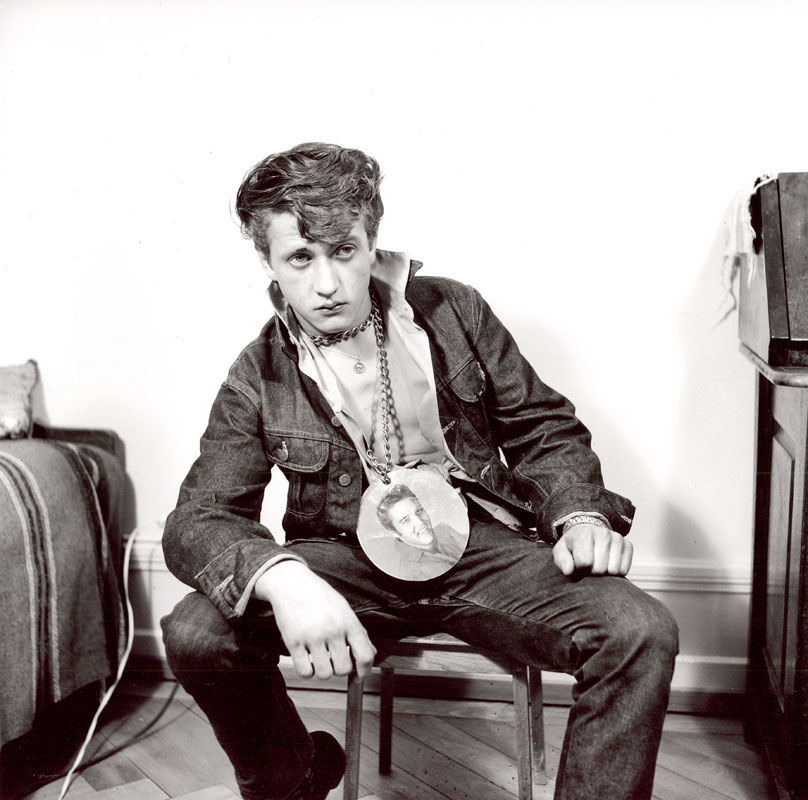Karlheinz Weinberger (1921-2006), a self-taught photographer from Zurich began his artistic career in the «underground». In 1958, he ventured off in search of the Swiss German youth that was rebelling against the country’s reigning conservatism. They invented their own codes of behaviour and Weinberger’s work reflects the gang mentality they expressed through their patched-up clothes, greatly inspired by American bikers.
La Divine Comtesse

Mais aqui
... The Countess Castiglione was a woman of multiple personalities -- Cleopatra crossed with Blanche DuBois. Her narcissism in regard to her own photographic image was a precursor to the self-portraits we've seen throughout the 20th century. Her idea was to re-enact her finest moments in life, right down to the ball gowns and costumes she wore. The Countess also took on personalities of theater and opera heroines, photographing herself in poses as if making a grand entrance.
Winston Smith
Mais aqui
"Smith's collages are works of great beauty and space, and more than a little psychedelic. Sometimes one can almost see them move."
— Jello Biafra
Harry Annas

Harry Annas, the "town photographer" of Lockhart, Texas, from the 1930's through the 1970's, spoke of the variety of life he documented—"Portraits from glamour girls to family groups, meetings, parades, school pictures, everything, we took them all."
Robert Frank

In 1955, the Swiss photographer Robert Frank traveled throughout the United States by car and returned with a bleak portrait of what the American road had to offer. As Kerouac writes in his introduction, Frank's photographs had "sucked a sad, sweet, poem out of America," a sadness found in the forlorn looks of dime store waitresses, funeral attendees, and human faces rendered unrecognizable in the glare of jukeboxes. The slightly offset angles and the blurred focus of many of the photographs suggest the nervousness and dislocation of the people they capture. Frank dispels any romantic notions of the lingering pioneer spirit of America by presenting a landscape of people and places absent of hope and promise.
The American Twenties
Claude Cahun
Photo Surprise

A French term, photo surprise was a common photographic practice in the Middle East between the 1940s and the 1960s, and was especially popular in Lebanon. Photographers working in this tradition were called surpriseurs. Based in urban centers such as Beirut, Tripoli, and Istanbul, surpriseurs photographed pedestrians as they strolled city streets. The subjects―some posing, others caught unawares―were handed cards with the photographer’s studio address and contact information so they could order prints.
Subscribe to:
Posts (Atom)













